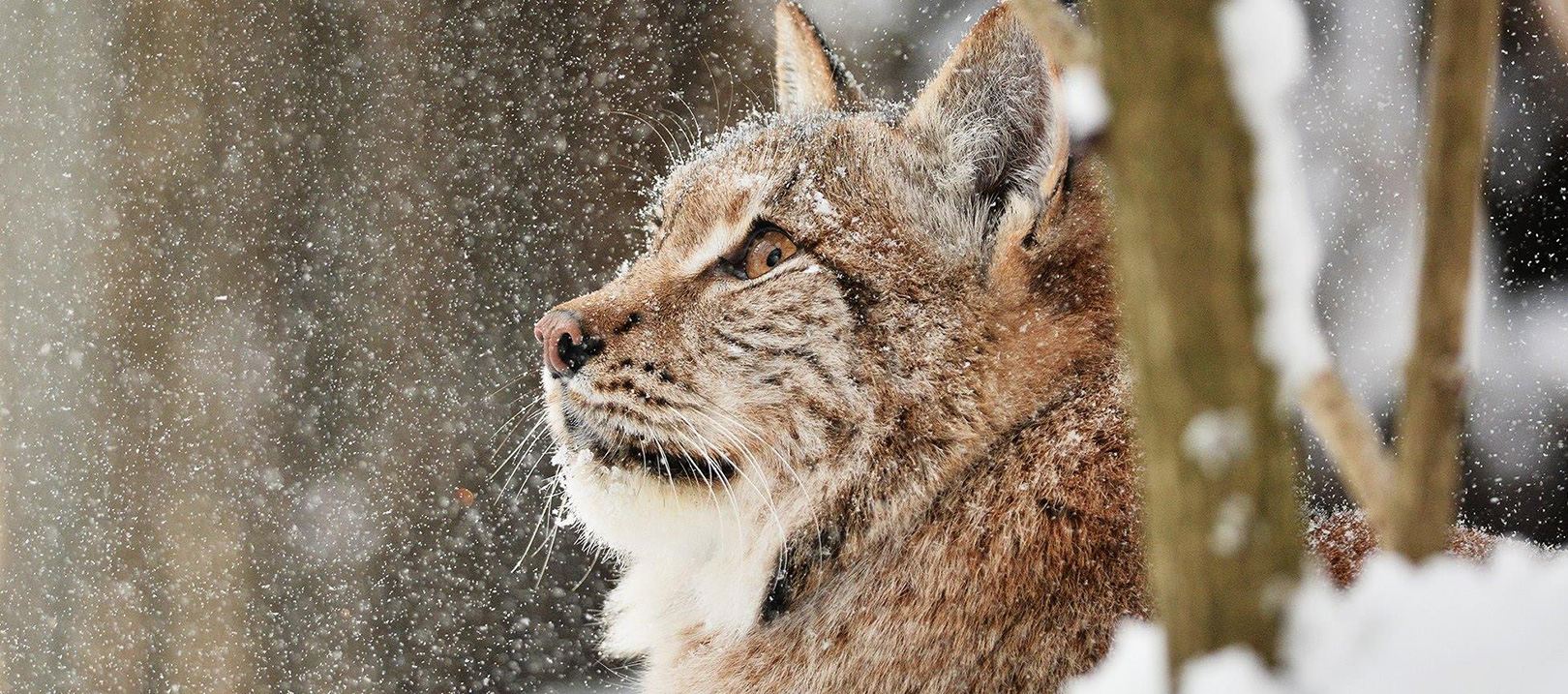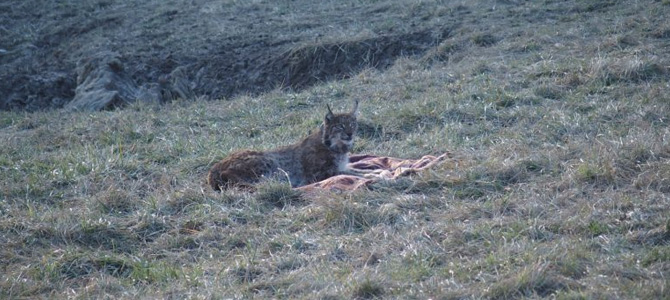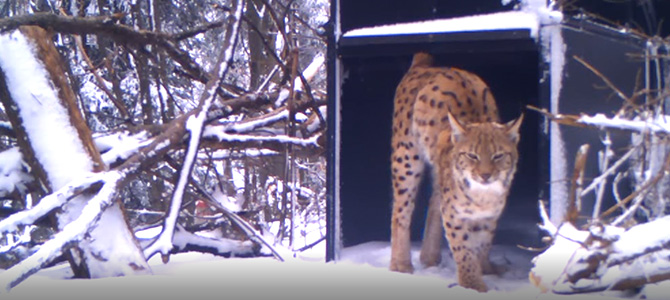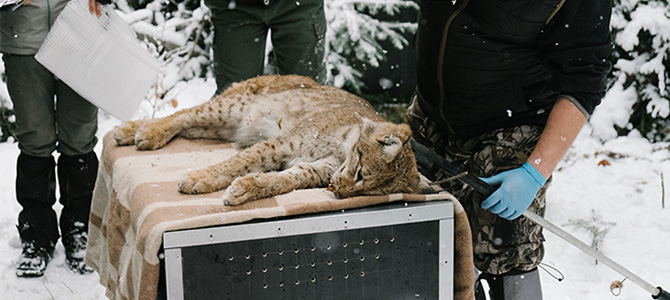ABOUT THE PROJECT:
Life project LIFE16 NAT / SI / 000634 Prevention of extinction of the laughing population in the Dinars and the south-eastern Alps – LIFE Lynx is an international project implemented in five countries: Ialia, Slovenia, Croatia, Slovakia and Romania between 01/07/2017 – 31 / 03/2024.
More about the project: www.lifelynx.eu
PROJECT OBJECTIVES:
The main objective of the LIFE Lynx project is to save the endangered population of the lynx in the Dinaric Mountains and south-eastern Alps and keep it long-term.
At the beginning of the 20th century, the laughing population in the Dinari Mountains and the south-eastern Alps disappeared due to hunting and persecution, habitat loss and lack of prey species. Laughter was successfully reintroduced in 1973 by bringing specimens from the Carpathian Mountains to Slovenia. The animals later dispersed to the southeast in Croatia and Bosnia and Herzegovina. But also in western Italy and northern Austria. Unfortunately, after a few decades, the population has declined, mainly due to the deterioration of the genetic structure (inbreeding and genetic drift). measures to improve connectivity with other populations, especially the Alpine. Currently, the laughing population is one of the smallest in Europe, being isolated and extremely inbreeding. Specialists believe that there is an urgent need for the reconstruction of the population, by introducing healthy animals from another population. In this sense, the Dinaric-Alpine population will be helped with specimens of laughter from the initial source population, namely from the Carpathians.
In parallel with this initiative, the aim is to maintain public support for this essential step. Within the project, they will develop science-based management tools, useful for strategic planning, to ensure the long-term viability of laughter. These tools include the use of different computer modeling, based on project data, to understand the genetic and demographic management of the population. This scientific information will be included in management plans and other strategic documents. Another goal is to improve the connectivity of the population for laughter. The natural flow of genes in this population will be increased to avoid further further reintroduction. Such a metapopulation will help reduce the negative impact of habitat fragmentation and reverse the current genetic deterioration of the population in the Dinar Mountains region and the southeastern Alps.
SPECIFIC OBJECTIVES:
• The project aims to save from extinction the lynx population in the Dinar Mountains region and southeastern Alps and preserve it for the 21st century, improving the genetic and demographic structure, by increasing the viability of the population following the introduction of new specimens. The decline will be stopped and reduced by the release of animals brought from an existing viable source population in the Carpathians, in order to reduce inbreeding.
• Conservative management will be developed across borders. EU member states that share this declining population will develop and implement a systematic and standardized approach to ensure the long-term viability of the population.
• Strengthening the population will be a process supported by stakeholders to increase public acceptance. In this sense, we will work closely with key factors to establish and develop partnerships dedicated to public support for the conservation of the laughing population. We will ensure that the key factors support the consolidation of the population at local, regional and national level.
• We want to improve the connectivity of the population for laughter, by increasing the natural flow of genes, creating an intermediate population as a new population center, in the west of the current Dinaric area, thus approaching the southeastern Alpine nucleus. Such a metapopulation of laughter will help reduce the negative impact of habitat fragmentation.








